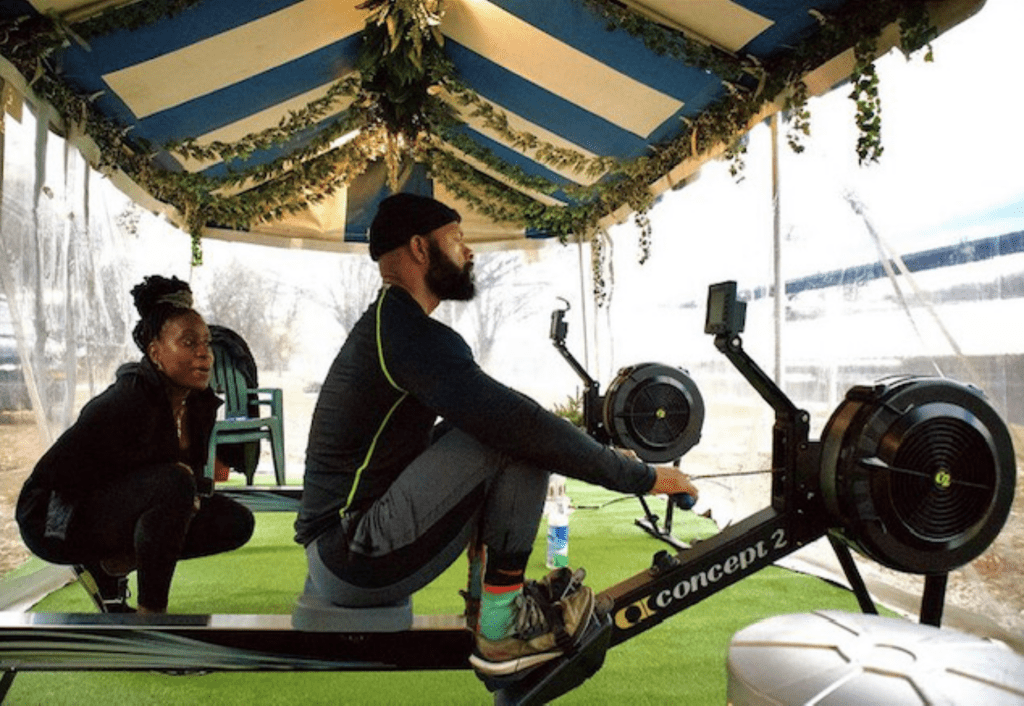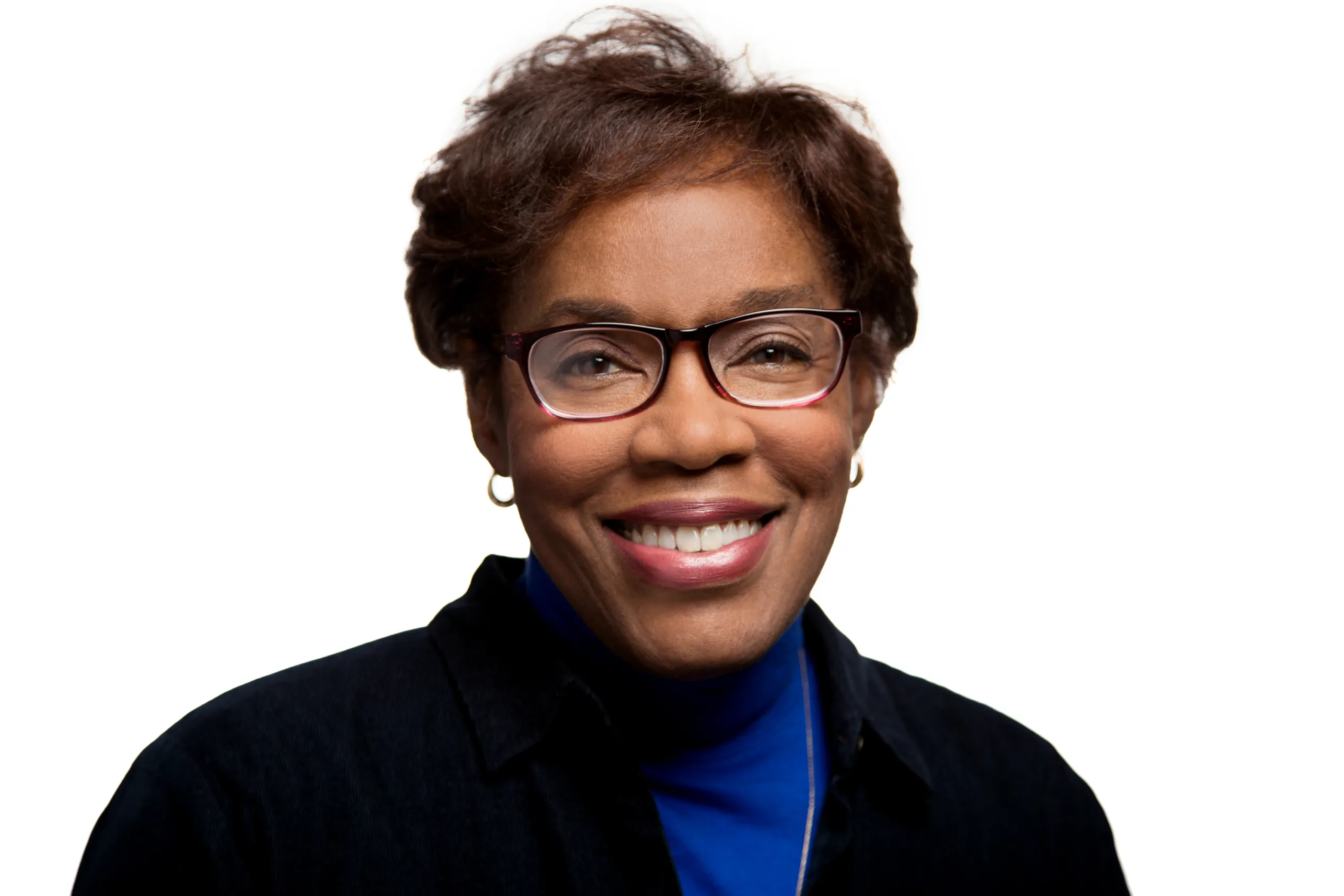Philly is home to the only Black-owned rowing company in U.S. sports
By Kristin Holmes
The tranquility of the Schuylkill River calls out to Brannon Johnson every morning at 6:30 a.m. when she steps into her wobbling single scull – a narrow racing boat for one person, sits down, and grips the oars.
With a push-off from the dock, Johnson sets off for a 57-minute trip down the waterway in what she calls “the most peaceful” part of her day.
When she returns, feeling restored, this founder of the only African American-owned rowing club in the nation, resumes her daunting commitment. She and other African American women rowers such as Asiya Mahmud and Jill Roberts have found a home, of sorts, in what might seem an unlikely place.
Rowing’s comradery, teamwork and experience-expanding opportunities have enriched their lives. All are committed to diversifying the ranks within the sport and are working toward it in their own way.
“It was a vehicle to a better life for me. I feel extremely grateful and incredibly responsible to give that opportunity to as many people as possible,” Johnson said.
She is achieving that goal of providing diverse rowing opportunities mostly through BLJ Community Rowing, the club Johnson founded in 2013. Since then, she has taught more than 1,500 people to row. More than 50 percent of her students have been Black and Brown people from the Pennsylvania, New Jersey, Delaware Tri-State area.
Her students are entering the domain of a sport with roots in ancient Egypt that evolved into an exclusive pastime of white upper-class men who could afford the expense of lessons and equipment.

But along the way, there were the barrier-breakers. Among them: Frenchy Johnson rowed professionally in the 1870s, becoming the first prominent African American rower. Mario Bryan became the first Black member of the Harvard University crew team in the 1950s. In Philadelphia, teacher Helen Wilcher started a rowing program for Black and Brown youngsters at East Falls’ Camp Dimension in the 1970s; meanwhile, Anita DeFrantz honed her sculling skills and went on to serve as captain of the U.S. rowing team at the 1976 Olympics, winning a bronze medal.
Those trailblazers have set the stage for rowers who are making their own kind of contribution: Johnson with her club, Mahmud as a coach with Drexel University’s rowing program as well as the US Rowing Association, and Roberts lobbying for access during volunteer work as a member of the Philadelphia Girls’ Rowing Club.

But the rowing connection for all of them began with parents who were seeking a healthy recreational pastime for their daughters. For Mahmud, who was homeschooled, soccer, ballet and then rowing were social outlets. Her sister rowed on a team and Mahmud spent her weekends at regattas. When she enrolled in high school, Mahmud joined the rowing program.
“I loved the team dynamic, the collective effort of everyone being in unison,” Mahmud said. “It was a feeling I wanted to do again and again. That’s what got me hooked.”
Johnson wasn’t hooked. She started rowing in a summer camp as part of her parents’ strategy to keep their children busy and away from the perils of growing up in a tough city neighborhood.
“It [rowing] was a very white space and I was uncomfortable,” Johnson said. Expressing love for the sport, she admits it “pushes your boundaries and requires lots of mental work and physical anguish.”
For Roberts and her college-athlete dad, the love of sport was paramount. Roberts rode bikes, worked as a lifeguard, and played field hockey and softball. She did it in mostly white spaces, in a boarding school and then a small predominantly white women’s college. By the time Roberts started rowing after graduation, being one of the only Brown faces in the room was a regular occurrence.

“I am not going to let historic inequities hold me back from things I want to do,” Roberts said.
That inequality did not appear as blatant racism for Mahmud, but she has always felt “the need to fit in.” A more harmful offshoot found its way to Johnson by way of a banana peel placed in her boat during high school.
“When you get [good] and start beating people there is going to be kickback. Incidents are a very regular thing for sure,” she said.
But Johnson endured it because she began to see what rowing could do for her. She started to travel, attend training camps and get recruited by colleges. Rowing could be a vehicle to a better life, especially after the sport began focusing on diversity.
Johnson attended the University of Texas on a full scholarship, won medals and competed in prestigious races including the Henley Royal Regatta in London. She found her mission in rowing – starting her club and introducing others to the sport and the opportunities they could derive from it.
Rowing has also led to a career for Mahmud, who as Associate Head Rowing Coach at Drexel, now teaches students about the teamwork she so loved. But for Roberts, rowing’s comradery has meant something deeper. Through sports, she found community, one that feels like family. Even so, she said the challenge of diversity in rowing remains. And, subsequently, so too does her commitment:
“If you have the desire and intestinal fortitude to deal with it, come,” Roberts said. “If you go to a boathouse and they’re not nice to you, come to mine.”

This story is part of Love Now Media’s exploration of the Politics of Play. Our reporting takes a solutions approach to covering social issues and inclusive models for play while demonstrating the positive impact play, leisure, and the arts have on mental health.
Love Now Media is one of more than 20 news organizations collaboratively reporting on solutions to poverty and Philadelphia’s push towards economic mobility. You can find other stories in the series here.
ABOUT THE AUTHOR
 Kristin Holmes
Kristin Holmes is a freelance reporter, experienced journalist, and creative storyteller. She is a former faith and spirituality reporter. Kristin loves theater and museums and supports the arts.
Kristin Holmes
Kristin Holmes is a freelance reporter, experienced journalist, and creative storyteller. She is a former faith and spirituality reporter. Kristin loves theater and museums and supports the arts.